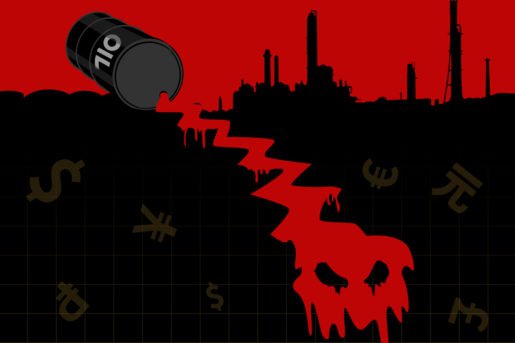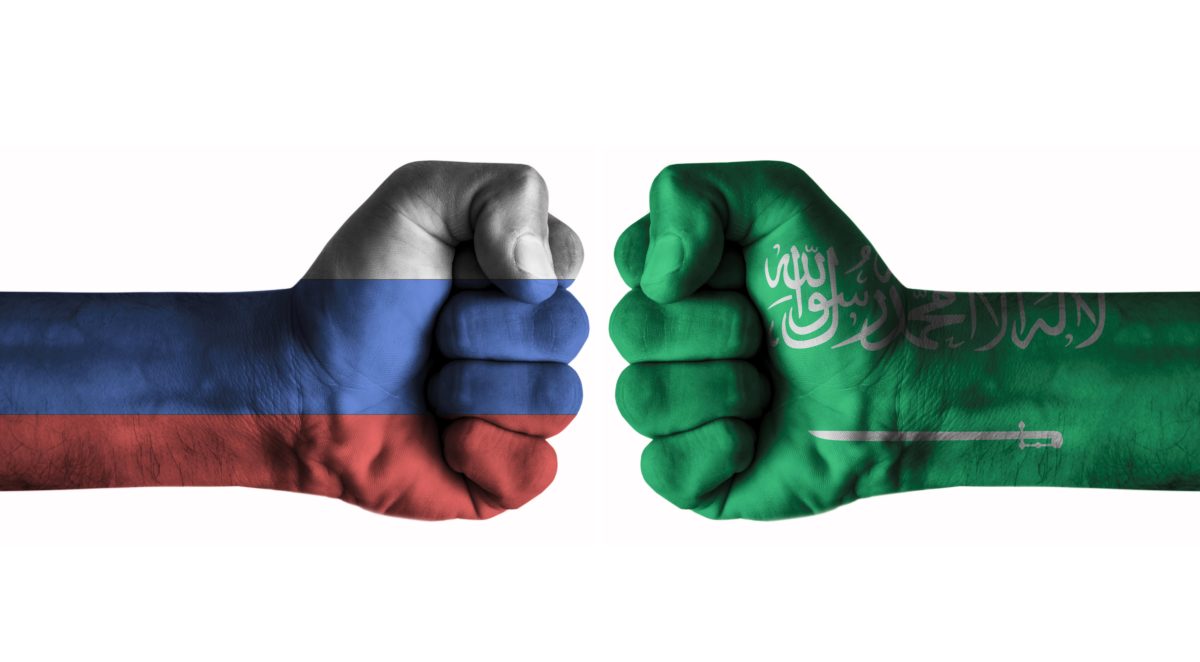In the oil price war with Russia, Saudi Arabia signaled no breakthrough. Saudi Arabia said that it was not in talks to Russia to stabilize the oil market. Nevertheless, Washington pressures both sides to end the price war.
In early March, sometimes referred to as OPEC+, OPEC and non-OPEC allies, failed to agree on the terms of cuts of more bottomless supply.
Due to the coronavirus pandemic, countries have gone into lockdown. As airlines ground their planes, flights all over the world are canceled. Thus, it is hitting the activity of the economy and the demand for fuel.
The unrelenting price war between Russia and Saudi Arabia and the pandemic is not showing any sign of easing. Thus, oil prices fell to the lowest in more than seventeen years as demand plunged.
On Monday morning during Asia hours, Brent crude prices hit $23.03 a barrel. It is the lowest level since November 15, 2002. Since that, I have clawed back some losses following the record line. Nevertheless, it was last still lower with 5.86% at $23.47 a barrel.
The United States WTI (West Texas Intermediate) crude futures briefly dipped below $20 per barrel to $19.90. It is the lowest indicator since March 20. On that day, they felt as low as $19.50. West Texas Intermediate was last 4.51% lower at $20.52 per barrel.
As Saudi Arabia signed no breakthrough in the oil price war with Russia, those declines came. The two countries were still at a stalemate on Friday. Washington is pressuring both sides to end the price war. Nevertheless, Saudi Arabia said it was not in talks with Russia for stabilizing markets of oil.
- Check-out Myforexnews comprehensive Review on AvaTrade
Saudi Arabia and Russia Situation
Rodrigo Catril works at National Australia Bank. On Monday, he wrote a note. There he said that Saudi Arabia and Russia show nosings to compromise their standoff oversupply of oil.

OPEC and non-OPEC allies are sometimes referred to as OPEC+. Thus, in early March, the OPEC+ failed to deal with the terms of cuts of more bottomless supply.
The disagreement between non-OPEC leader Russia and OPEC kingpin Saudi Arabia has kickstarted an oil price war. OPEC recommended additional cuts of production of 1.5 million BPD starting in April and finishing at the end of the year. Nevertheless, OPEC-ally Russia denied further cuts.
Reuters reported that announcing massive discounts to its official selling prices for April, Saudi Arabia signaled its intent for flooding the market with crude.
Such a move might prompt investment cuts and a wave of bankruptcies in the United States. It, by its side, will have a noticeable impact on shale production.
Vivek Dhar works in the Commonwealth Bank of Australia. On Monday, he said in a note that they think oil supply from China, the United States, and Canada are the most likely to curtail at low oil prices. Nevertheless, the United States’ cuts of oil production are expected to the most significant. Last week’s plunge in United States oil rigs signals the pressure facing the United States shale oil sector.
let’s see how the oil price war will end.













